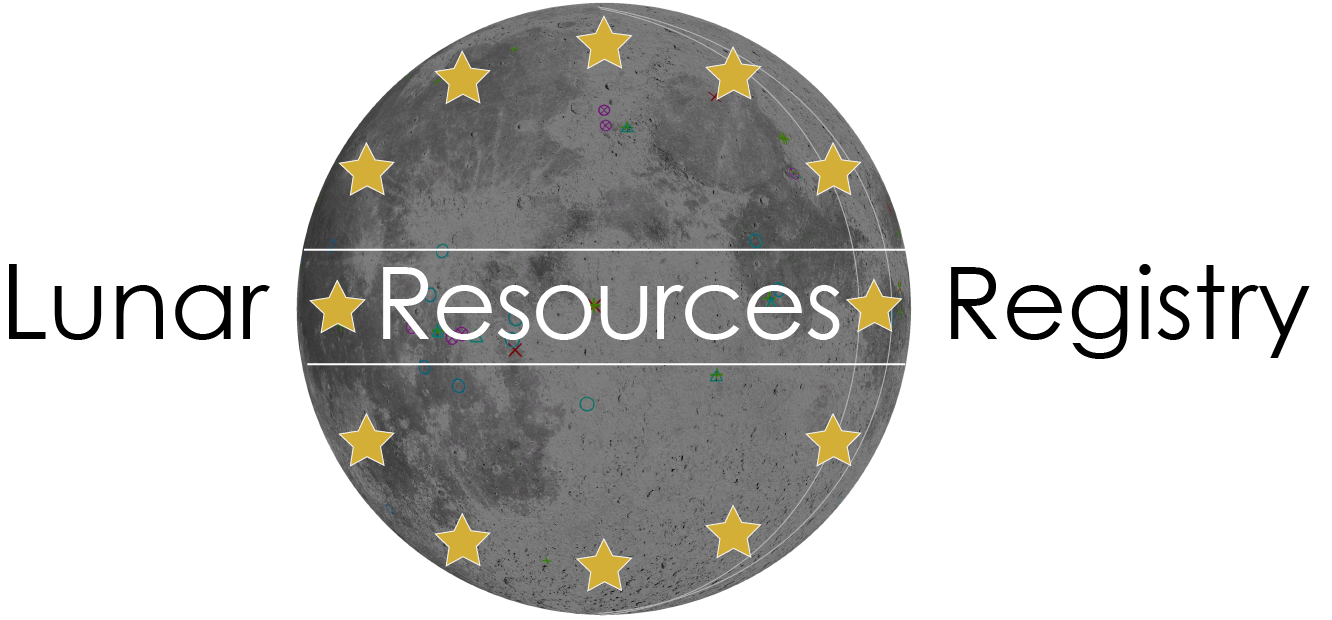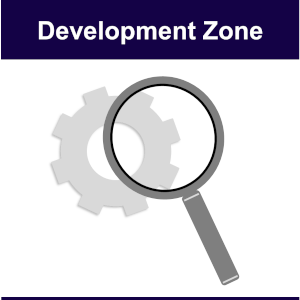The Foundations of Lunar Resources Registry
A core phase of Lunar Resources Registry UG was its participation in a European Space Agency Incubation Centre in Germany from 2020 to early 2023.

This provided funding, coupled with investment from Space Ventures Investors and the LRR founders, to assemble a team of researchers that accomplished:
Establishing a process for locating and categorising resources, detected via remote sensing, focussing on potential locations for platinum group metals, rare Earth elements, water, and Helium 3. This work involved employing a geologist, and also utilising machine learning to identify locations of high value; where resources are significantly abundant.
Where to Plan Lunar Mines: Building maps, online and proprietary, detailing the location of resources; generally determined as Development Zones and then in 1 x 1 square kilometre registrations.
Where Not to Mine on the Moon: Building maps of existing activity on the Moon, from landers, discarded equipment, establishing heritage zones for historical missions, and locations such as Lunar pits that may one day be crewed Moon bases. This included monitoring planned missions of space agencies and companies, and identifying potential infrastructure bases.
The Role of Space Laws: Considerable activity was to evaluation laws and treaties, including the Artemis Accords, to create a clear pathway for commercial mining operations on the Moon, that can one day extend to Asteroid Mining.
A Lunar Resources Registry: Yes, as the name suggests, a Lunar Resources Registry was built and is updated regularly.
From 2020 to 2022 LRR had developed detailed maps of where mines will be on the Moon, a Space Resources Legal Framework, and networked extensively with the growing space resources community.
Where We Register Commercial Resources Locations for Exploration and Extraction Missions
We have created >30 zones and registration for resources locations on the Moon, covering platinum group metals, rare Earth elements, water, and Helium 3.
Planning Missions to Explore and Extract Resouces on the Surface of the Moon
Starting in 2023 LRR grew from researching Lunar Resources and creating Registrations to planning Missions, including the technical development of hardware, such as the European Light Lunar Lander, and reaching out to existing aerospace and spcae companies, Lunar Logistics companies and space-resources start-ups developing the technology to make space mining a reality.
Read more: European Light Lunar Lander.

Illustration: European Light Lunar Lander Mission to the Moon’s near-side.



